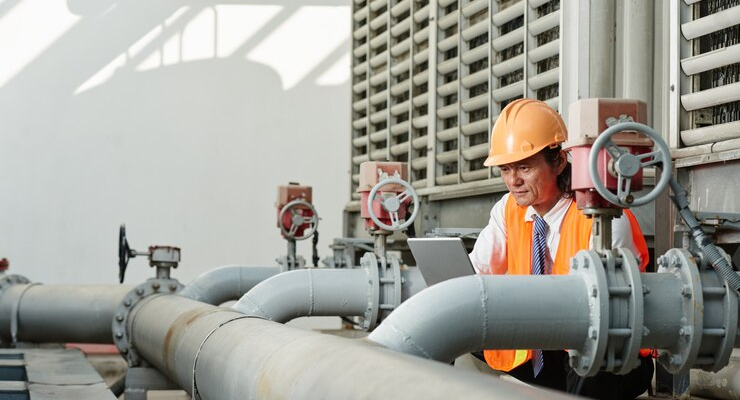One of the most efficient and sustainable sources of heat energy is geothermal energy which has several benefits as compared to conventional types of heating. Geothermal systems use the fact that the temperature of the earth remains fairly constant to heat and cool buildings.
Nonetheless, technology has become popular because of its efficiency, reliability, and impact on the environment. Hence, geothermal system installation requires a checklist that ensures the best results for the building it is installed on. This guide aims to present information on how geothermal systems are installed and how useful they are for residential or commercial heating systems. To learn more in detail, keep reading.
Understanding Geothermal Systems
A geothermal heating system features stable heat from the ground, which is normally harnessed through a closed circuit system of pipes buried in the ground. These systems work as heat exchangers between the ground and the building and help retain heat during winters and cool the building during summers through the operation of a heat pump.
Installation Process Overview
The geothermal system installation process involves; A site feasibility and system design study, which entails a physical survey of the property. Aspects such as the type of soil, the space that can be used to accommodate the ground loop, and the amount of heat and coolness necessary for the building are also considered. This is essential to ensure you get the right size and configuration to maximize the performance of the device.
Types of Geothermal Systems
Geothermal systems come in three varieties: Horizontal, vertical, and pond/lake, and each type is relevant to the physical configuration of the existing landscape and soil type commonly found at a given project site. Such information is valuable in determining the type of heating services most appropriate for an organization or project.
Environmental and Economic Benefits
Some of the benefits of geothermal systems include the following, Environmental impact is also relatively low because geothermal systems require very little space, they do not produce any emissions and they do not need much water.
They also minimize the usage of fossil energy, which means that incorporating them helps in efforts towards reducing the emission of greenhouse gasses. Furthermore, by reducing daily energy usage and negating the need for constant replacement and repair of heating systems, geothermal heating can save a lot of money in the long run.
Choosing a Professional Installer
This means that the installation of a geothermal system is not a project that the homeowner should undertake since it is a technical process. To get the best results with geothermal systems, it is necessary to hire an experienced contractor who knows how to work with the specific type of system and knows the permits needed for the area or region. This is to confirm that it will be of great importance to search for credible contractors and (or) dealers as well as get several estimates to avoid any problems during installation and poor satisfaction with the system.












Comments